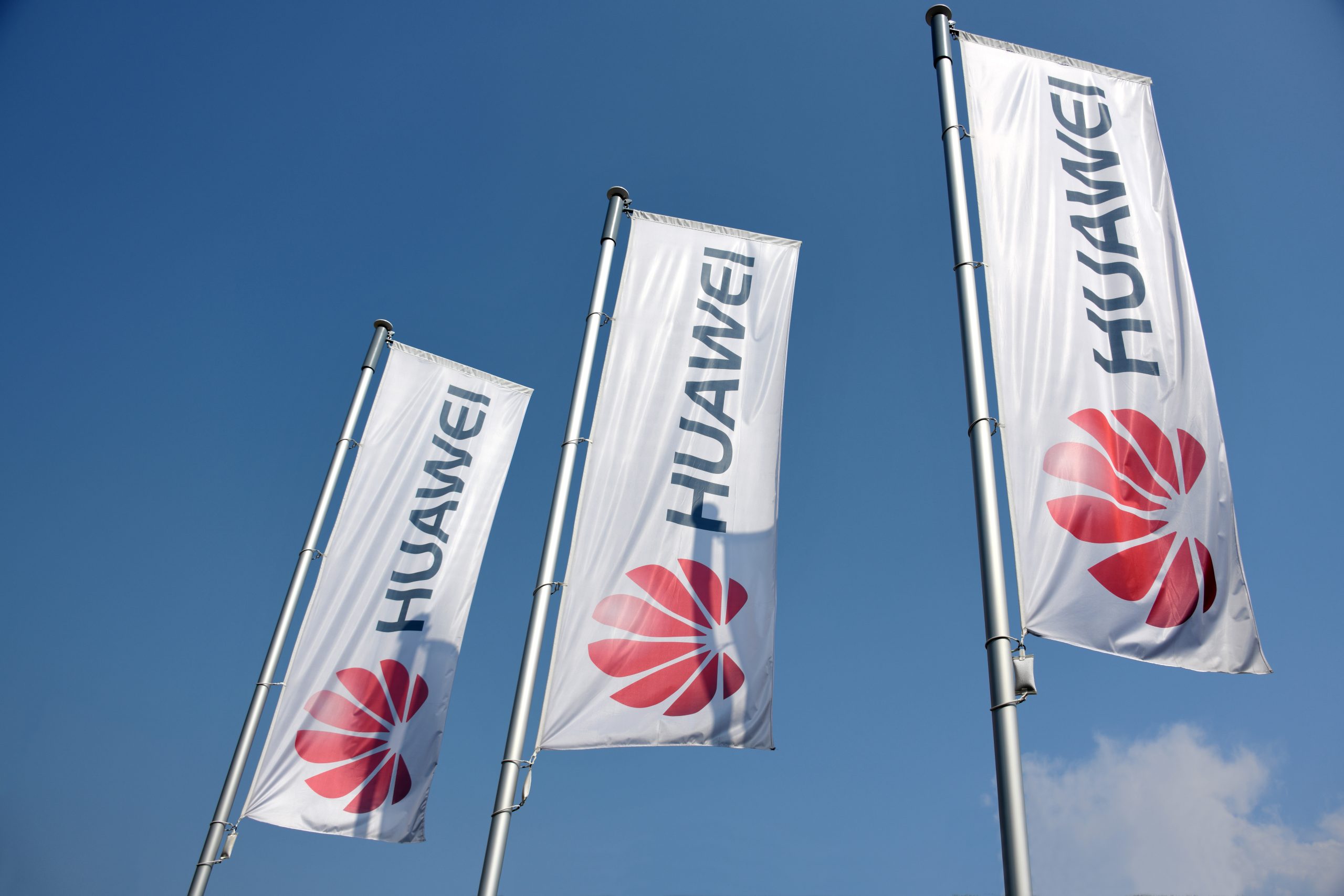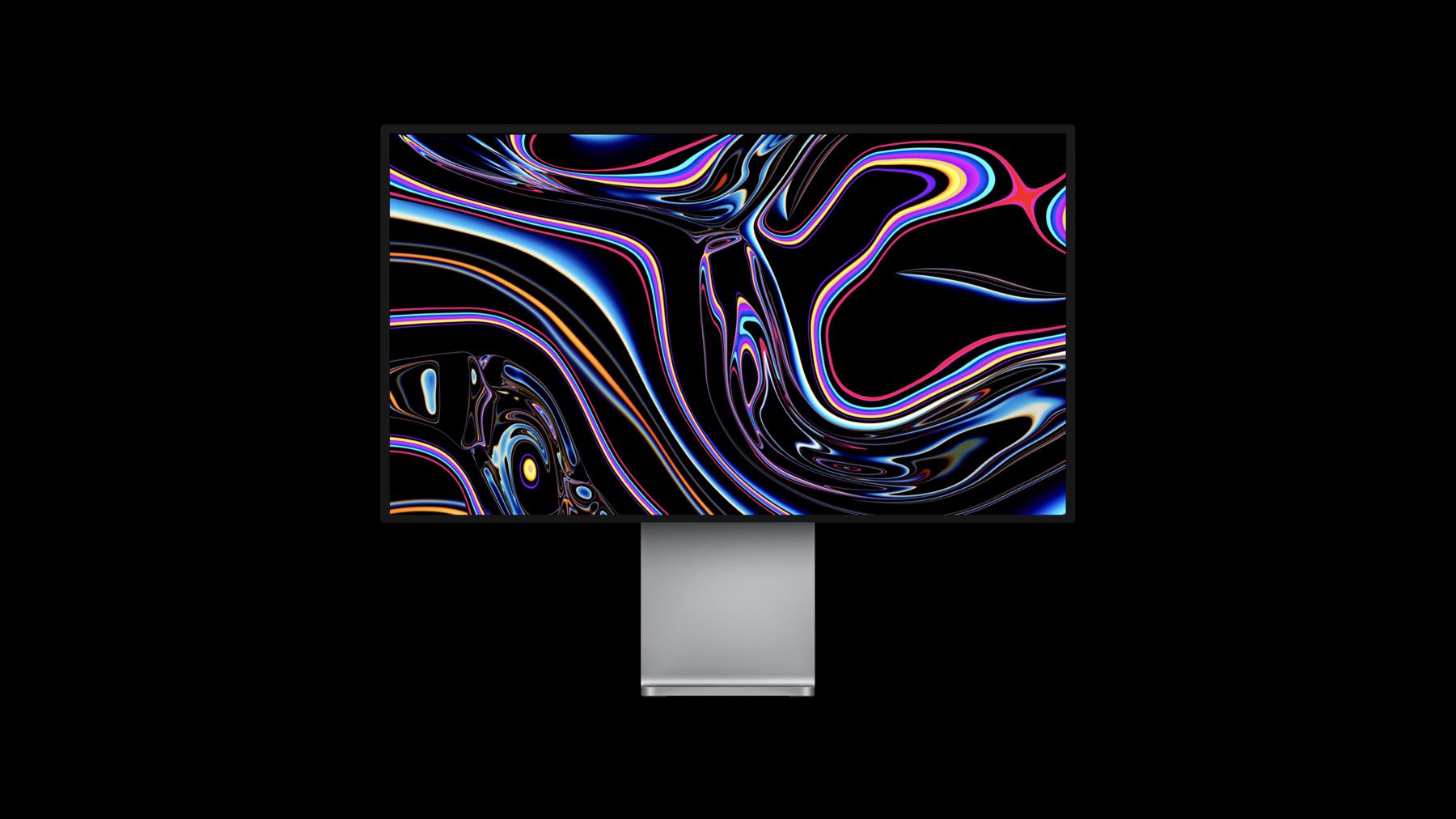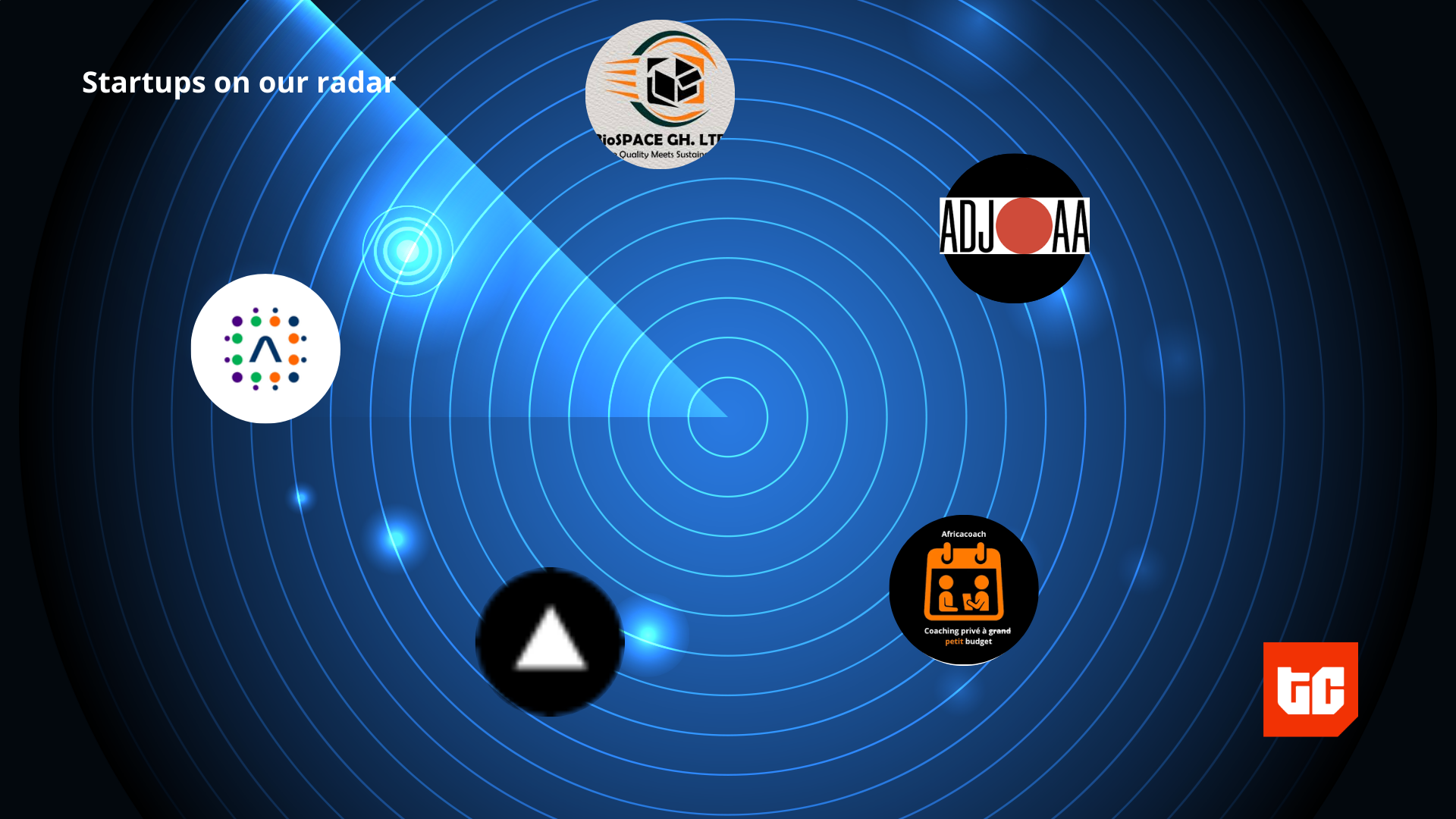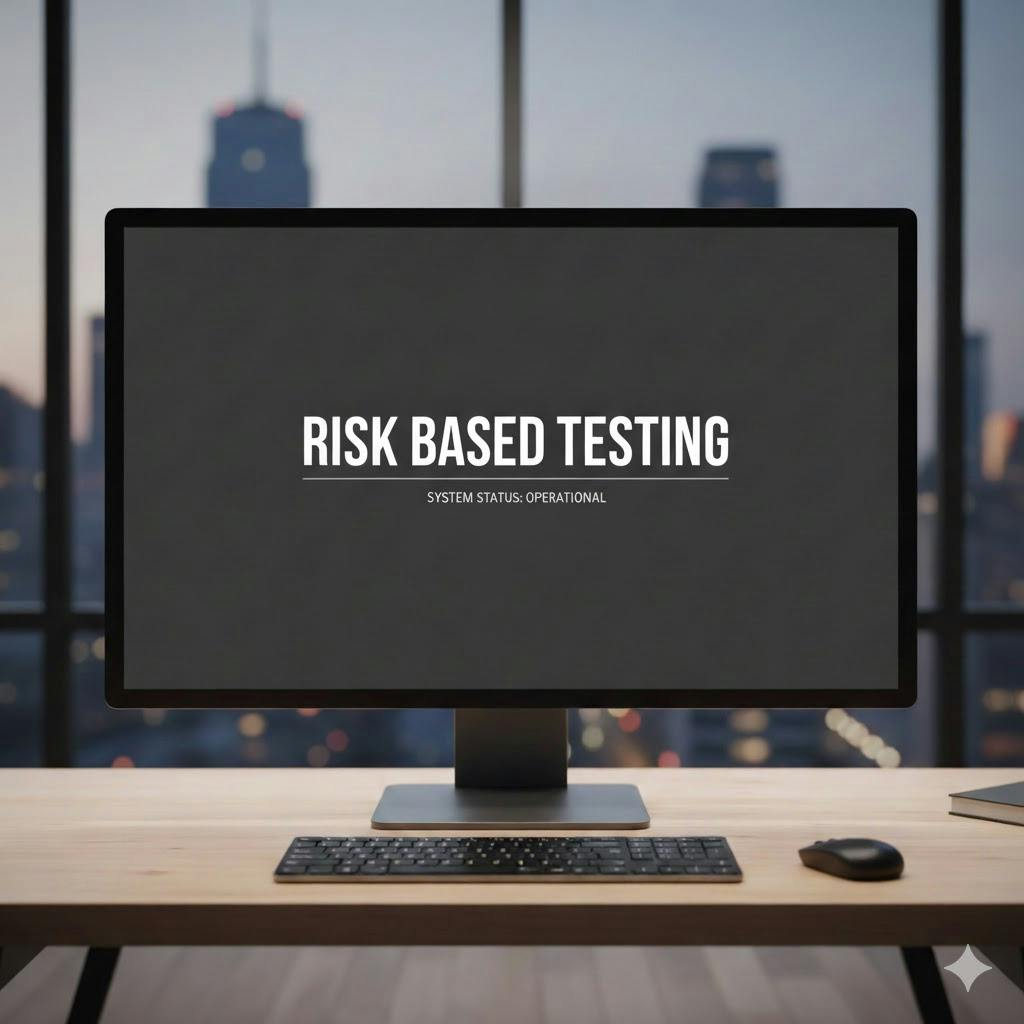Although its arrival is still somewhat far away, what will be the main characteristics of the WiFi 8 (802.11bn) specification. And everything indicates that Its focus will be on improving the reliability of wireless connectionsand not so much in increasing its speed.
Thus, according to a publication by Qualcomm, one of the organizations that is contributing to the development of the standard, the IEEE wants that, according to what is known as UHR (Ultra High Reliability), devices compatible with WiFi 8 improve by 25% in various metrics.
Likewise, as with WiFi 7, WiFi 8 will be developed to offer a maximum physical layer speed of up to 23 GT per second, although it will remain to be seen if it is possible to achieve this speed in real conditions. The goals of UHR is for data throughput to improve by 25% in real-world conditions, and especially in complicated signal conditions, so its speed should also increase.
But what does UHR entail? Well, devices that operate at the limits of network coverage, or in areas where there is interference or the signal is weak, can achieve significantly better performance compared to WiFi 7. That is, they are capable of moving data quickly, even if the signal quality is not ideal for this.
The WiFI 8 standard, on the other hand, also has among its objectives to reduce latency at the 95th percentile by 25%, and not only in average latency. This will improve the responsiveness of the devices in the worst of situations. This is basic for the operation of time-sensitive applications. Among them, augmented reality, industrial automation applications and AI-based systems. In general, any application that depends on fast and predictable communication.
Another of the 25% improvements in WiFi 8 compared to version 7 is that it has a design designed so that a quarter fewer packets are lost in transmissions. Especially when users or devices are moving between different access points.
This set goal is intended to support barrier-free roaming as well as full continuity of connectivity. This will make it much more suitable in environments where mobility is common. For example, on business or university campuses, in public places or in production plants.
On the other hand, WiFI 8 includes most of the provisions and features of WiFi 7. Will operate in the 2, 4, 5 and 6 GHz frequency bands, supports up to eight spatial streamsuses MU-MIMO and multi-user OFDMA, uses 4096-QAM modulation and maintains the maximum channel width at 320 MHz.
This future WiFi specification is set to support several important new features as well. These include coordinated spatial reuse (Co-SR), continuous beam formation (Co-BF), dynamic subchannel operation (DSO), and enhanced modulation coding scheme (MCS).
Possible advantages of WiFi 8
In view of all its features and highlights, WiFi 8 could therefore be very beneficial for applications that need to employ reliable, low latency connectivity. Especially in environments where there is a lot of congestion, interference or mobility.
Thanks to this, its incorporation into environments with mission-critical systems in industrial and business environments in certain sectors. Among them, autonomous guided vehicles, collaborative robots and manufacturing plant automation. Even in situations where there are changes between access points.
WiFi 8 can also improve connectivity in public spaces, such as airports or sports stadiums. Although they tend to be very busy spots, WiFi 8 will even allow augmented reality tasks, real-time translation or live streaming to be carried out in them. It will also be an advance for critical systems, such as emergency communications. In general, it will offer greater connection performance and reliability at many points. Even in residential buildings where there is a high population density.
But when will it arrive? Everything indicates that we will still have to wait a long time. The WiFi 8 specification, IEEE 802.11bn, does not yet have erasure status 1.0, although experts suggest that it will reach it very soon. When they do so, their main characteristics will be defined, and equipment manufacturers will be able to get to work to implement them.
As for the actual Wi-Fi Alliance certification, it is scheduled to arrive in January 2028. Then WiFi 8 interoperability testing can be carried out, as well as product development can begin. For now, final approval of IEEE 802.11bn for WiFi 8 is planned for the end of March 2028. Only at that time will the standard be definitively completed.












